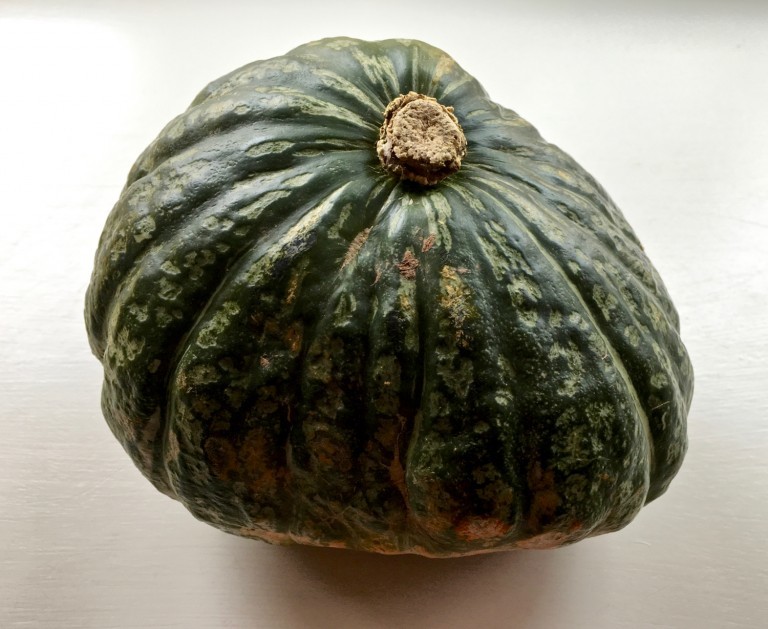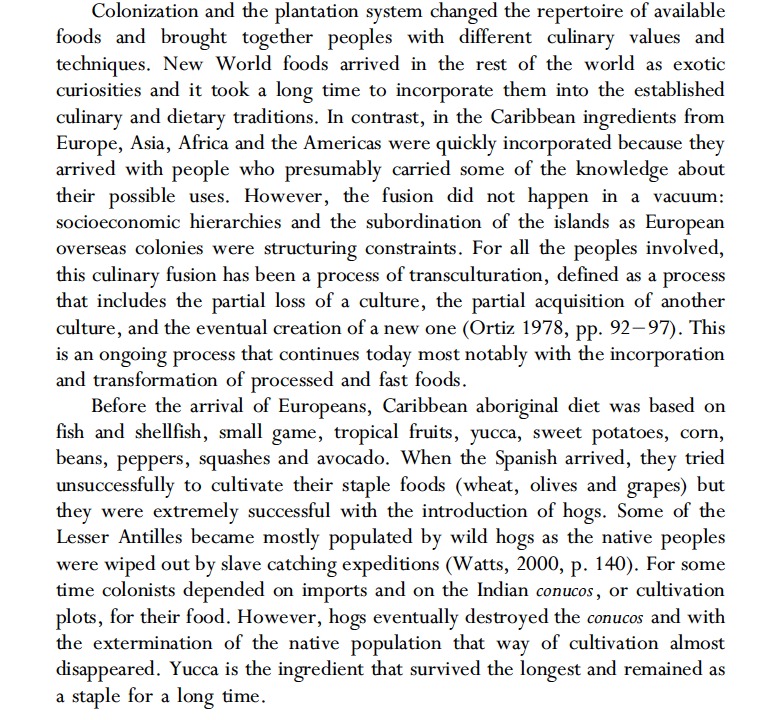Pumpkin
Pumpkin is a popular ingredient around the world, but particularly in the Caribbean. In traditional Caribbean recipes, the pumpkin almost always comes up in different dishes, sweet and savory alike. Dishes like pumpkin rice and stewed pumpkin have a long history in the Caribbean, dating back to before the 19th century. As a ground provision, pumpkins and gourds can thrive with little attention and effort, making it accessible to natives and colonizers alike. All different varieties of pumpkins are native to the Caribbean, which explains why it appears in so many different recipes, but what's the history?
Besides folks in and from the Caribbean, who is eating pumpkins? Despite the popularity of pumpkin in Caribbean cooking and the ingredient being native to the land, most pumpkin is now imported from other countries. In fact, the Top 5 International Producers of Pumpkin are China, India, Russia, Ukraine, and the United States (view in map below). At least part of why the Caribbean doesn't make it on the list could be sheer physical size, however, the top 5 countries that consume the most pumpkin are the exact same as the list above. Pumpkin recipes used to be more popular in the 19th century, but have become less popular over time.
At least part of the reason why pumpkin recipes have become less popular in Caribbean dishes over time is because of colonization. In Zilkia Janer's article "(In)Edible Nature," Janer writes about how hogs became popular in the Caribbean as a result of Spanish colonization, causing a transition into more meat-centric meals, and away from veggie and seafood driven dishes. Click the image to see what Janer has to say about the relationship between colonization and food in the Caribbean!

